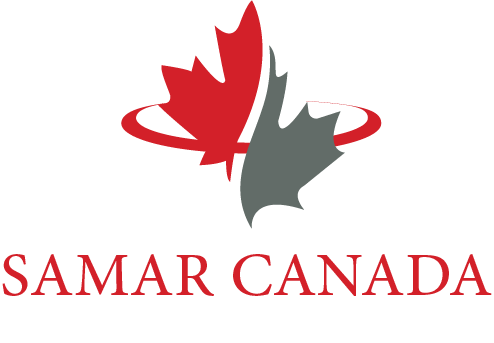U.S. Permanent Residency Through Education (Complete 2025 Guide)
Studying abroad can be an appealing pathway for Obtaining permanent residency Many immigrant-friendly countries, such as the U.S., Canada, and Australia, offer international students the opportunity to obtain permanent residency after graduation through graduate programs or temporary work visas. This pathway is especially suitable for those seeking both educational experience and life in a developed country.
How can studying lead to permanent residency?
After completing their studies, international students can benefit from the following:
-
Post-study work visa
-
Graduated students are allowed to work in the host country and gain work experience.
-
-
Possibility of converting a student visa to a permanent visa:
-
With relevant work experience and a job offer, one can apply for a Green Card or permanent residency (PR).
-
-
Networking and career opportunities:
-
Universities and the academic environment provide opportunities for job hunting and connecting with reputable employers.
-
Conditions for Using the Study Pathway to Permanent Residency
-
Admission to a recognized university in the host country
-
Sufficient financial resources to cover tuition and living expenses
-
Compliance with student visa regulations
-
Successful completion of the study program and obtaining a recognized degree
-
In some countries, meeting the required language proficiency level (e.g., IELTS or TOEFL)

Benefits of the Study-to-Permanent Residency Pathway
- Possibility Possibility of permanent residency through relevant study and work experience
- Experience living and studying in a developed country
- Learning the language and culture of the host country
- Better career opportunities for students with international education
- Access to social security and services (healthcare, education, and social benefits)
Countries that offer a pathway from studying to permanent residency
Canada
-
Programs such as Canadian Experience Class (CEC) and Provincial Nominee Program (PNP) They guide students to permanent residency after graduation.
-
The time to obtain PR depends on the province and work experience, ranging from 6 months to 2 years.
America
-
Program OPT (Optional Practical Training) It allows students to work for one to three years after graduation.
-
With a job offer, an H-1B visa allows one to pursue a pathway to permanent residency (Green Card).
Australia
-
-
Programs Temporary Graduate Visa (Subclass 485) They provide the opportunity to work and live after graduation.
-
After gaining work experience, one can apply for Skilled Migration permanent residency.
-
Key Tips for Success in the Path from Study to Permanent Residency
- Choosing a university and program that align with labor market demand
- Gaining relevant work experience during or after studies
- Complying with visa regulations and timely renewals
- Consulting with immigration specialists and a reputable lawyer
Conclusion
Studying abroad not only helps enhance your academic and professional skills but also serves as a reliable pathway for permanent residency and living in a developed country. By choosing the right study program and taking advantage of post-graduation opportunities, you can build a secure future for yourself and your family.

